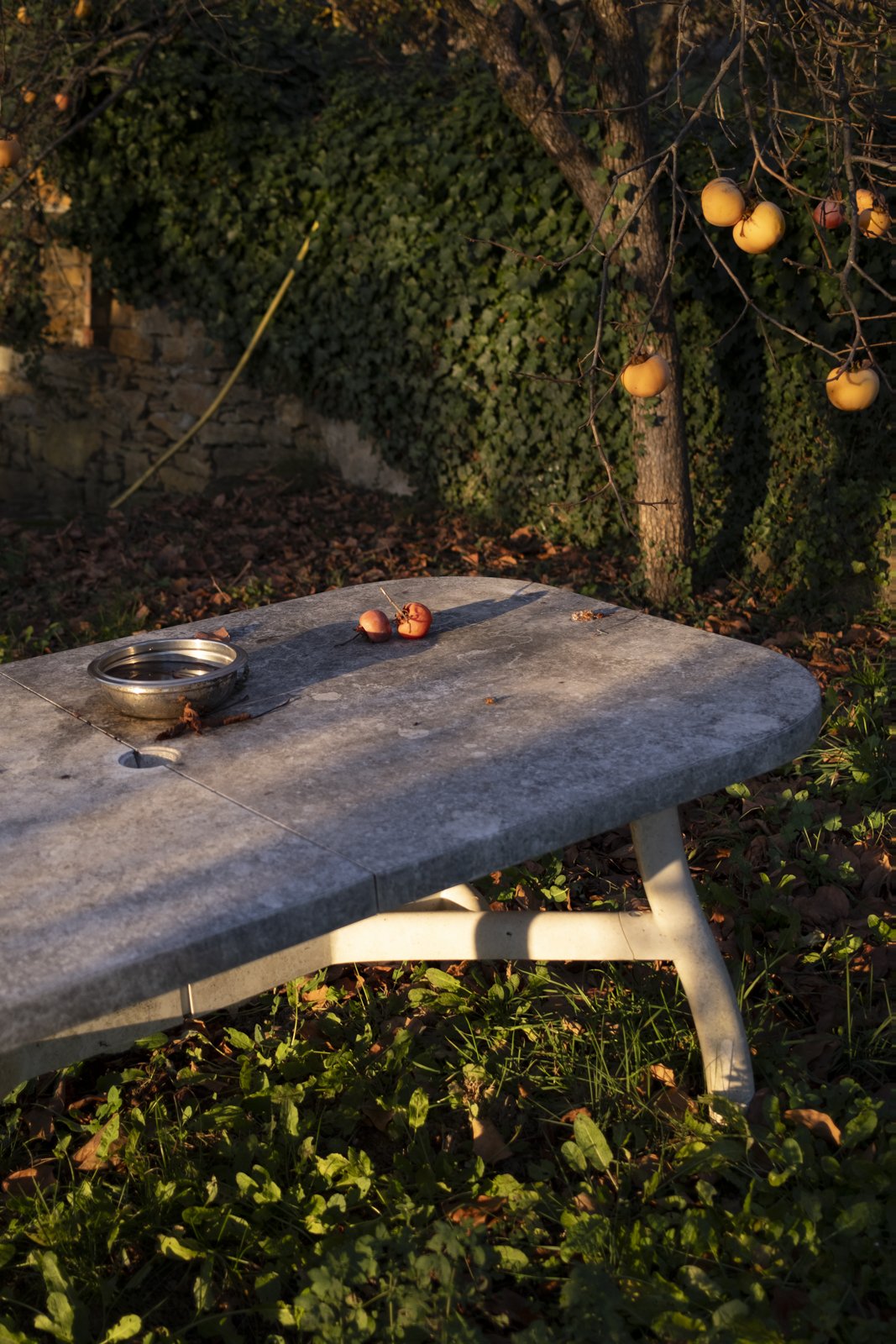Photographing to Dwell in the World
Modernity, with its technology and obsession with speed, has forgotten the essential: dwelling.
Heidegger said that man dwells poetically in the world. It is a phrase that invites us to slow down, to listen to the silence of things, to see the detail that escapes us. Perhaps photography is the ideal tool for this: an art of capture that does not confine but reveals.
In a world where everything is accelerating, where images are poured onto our screens like wastewater, poetic photography stands as an act of resistance. It does not chase the moment; it breathes it in. It does not show; it suggests. A light sliding across a face, a shadow stretching along a wall, a fragment of eternity glimpsed in the chaos of daily life. This is what the poet-photographer seeks. Not to fix the world, but to reveal it to itself.
Modernity, with its technology and obsession with speed, has forgotten the essential: dwelling. Not just a place, but a moment, a sensation, a vibration. To photograph poetically is to relearn how to dwell. It is to detach oneself from utility and rediscover the gift of seeing.
To look at the world in this way is to reconcile with it. A puddle becomes a mirror, a tree a cathedral. Ruins, shadows, silences—they are echoes of a fragile beauty that must be saved from oblivion. To photograph is not to own the image, but to surrender to it, to step into its light as one enters a refuge.
Dwelling poetically in the world means learning to see, to feel, to fall silent. It means becoming a guide between what is here and what eludes us. Photography is no longer just an art; it is a way of living, a quest in which each shot is a trace, a pebble on the path back to the essential. One must get lost to see better. Perhaps one must also photograph to dwell better.

